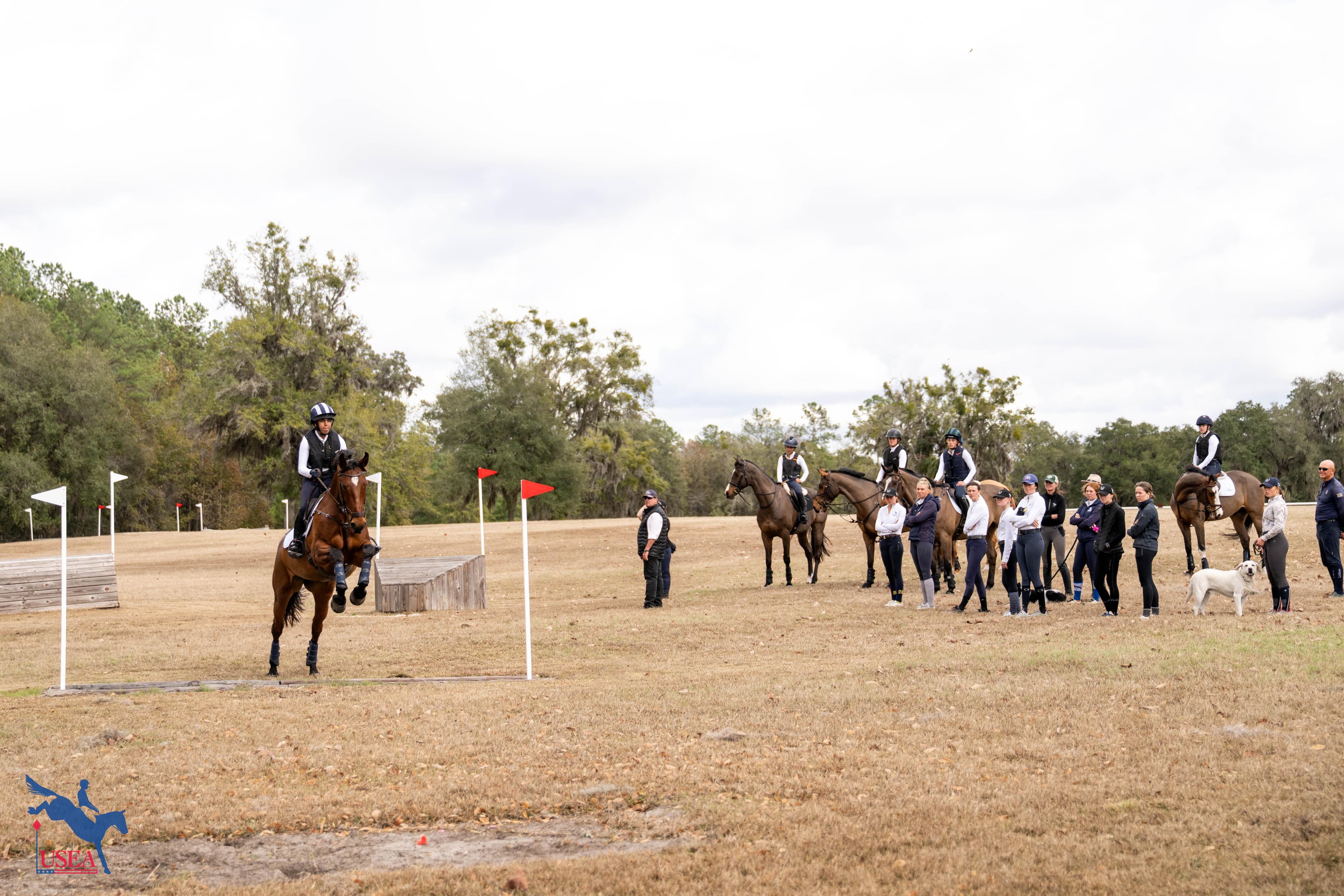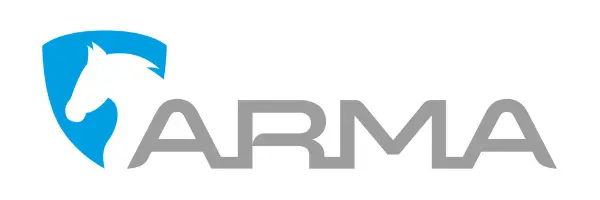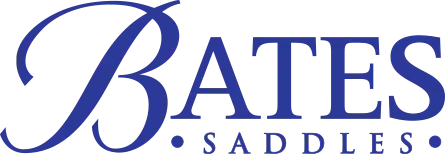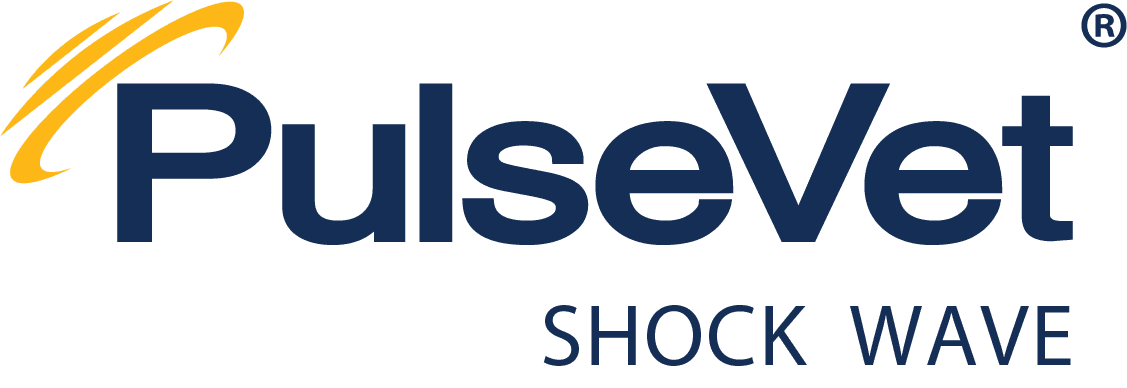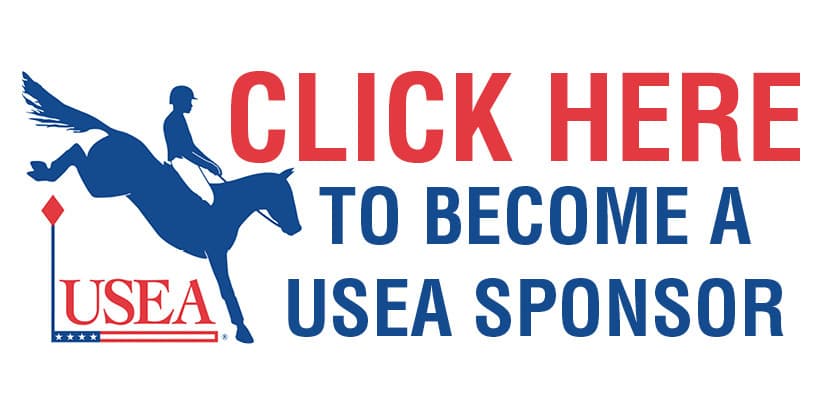USEA Members' Corner: Area IV’s Meghan O’Donoghue Imparts Wisdom in Illinois Clinic

Meghan O’Donoghue, 26, and her amazing pocket-rocket Thoroughbred, Pirate, have taken the international eventing world by storm the last few years. An Area IV born-and-raised event rider from Carbondale, Illinois, O’Donoghue has always had her sights on reaching the top of the sport. She competed at her first Rolex Kentucky CCI4* in 2013, finishing as the top placed rookie, 12th place overall. O’Donoghue and Pirate have since been back to Lexington for Rolex in 2014 and 2015, finishing 17th and 21st respectively, with clear cross-country rounds both years across difficult courses.
The clear cross-country round on her speedy Thoroughbred this year was especially impressive, between a course that asked big and technical questions from the beginning until the very end and the deteriorating footing due to the rain at the Kentucky Horse Park all day long. Pirate, a 13-year-old gelding, made light work of the big course that caught out more experienced horses such as RF Demeter, Veronica, and Ballynoe Castle RM. The pair then came in on Sunday looking fresh as ever and jumped a beautiful round, just dropping one unlucky rail, to finish 21st out of the largest, and possibly strongest, field Kentucky has ever seen.
Meghan returned to Carbondale following Rolex and immediately returned to work riding her young horses, working with client horses, and teaching lessons. She operates out of her parents', Mark and Jill O’Donoghue, barn for several months out of the year during which time she brings along sales horses and gives Pirate some downtime.
Meghan has also taken on teaching several clinics throughout Area IV during her time in Carbondale. On May 9 she traveled to Phancy Pharm, located in Moro, Illinois, to help local riders on the flat and in the show jumping. The Mid-Illinois Horse Show Association was generous enough to host this clinic, and was very accommodating despite the horrid forecast and rainy weather.
O’Donoghue set a course consisting of a gymnastic line coming down the centerline of the arena - two bounces of cross rails then four strides to an oxer - diagonal lines, a vertical on one long side with placement poles, and a six-stride line along the quarter line of the opposite long wall. While watching riders warm up she focused on the adjustability of the canter, and encouraged all of the riders to connect to their horses' backs to create the step instead of using their hand.
Riders would begin jumping by going through the six-stride line. O’Donoghue would then ask them to move forward and do the line in five strides while keeping the same quality of canter and jump at the start of the line, instead of running into the first jump and having the horses long and flat. Once riders could make that adjustment, she asked them to come back around and ride the line in seven strides, creating a shorter, jumpy canter from their leg and seat without using their hand to make the adjustment. If riders went to their hand to make the change, the horse would put in a chip stride at the last second as opposed to jumping out quietly.
Once everyone in the group had an adjustable canter, they would begin to piece together the course. O’Donoghue continued to stress a forward ride to the first jump in the line without being flat or long.
“The horse must maintain a forward, powerful jump in the canter in order to use their hocks and push off of the ground,” she said to each group throughout the day.
While each pair struggled with their own individual issues throughout the day, everyone came out of the clinic smiling, having learned a lot from O’Donoghue and her experience. She was especially influential for the riders with hotter horses who needed help in keeping their horses focused throughout the exercises. Some of the more experience groups got to work on additional exercises such as broken lines and angled or narrow fences.
She continued to stress throughout the day that straightness is just as important as the quality of the gaits when riding horses. Letting a horse deviate even slightly from the original line can completely change the striding and cause a chip or a long spot. Straightness needs to be established in the flatwork, and suppleness in a horse’s back and neck will make the rider's job easier when having to collect or extend the stride throughout a course. This was important for both the event riders and hunters and jumpers who participated in the clinic.
O’Donoghue has several exciting clinic opportunities coming up this summer while she is still in Illinois before she heads back to Virginia to gear Pirate up for his fall season. She has been asked to be one of the Young/Adult Rider clinicians along with Jon Holling and Judy Walker. This camp will be held at Lamplight Equestrian Center in Chicago, Illinois from July 7-9 and details on how to register can be found on the USEA Area IV website.
Meghan is also trying to organize a clinic at her family-owned farm for the end of July. The details of this clinic are not yet finalized, but keep an eye on her Facebook page for the announcement and more details. Meghan is also working on the Team Pirate Syndication and fundraising for another trip to Europe in the fall with Pirate. This is a very exciting time to join a talented young rider, proven CCI4* horse, and their journey to represent our country. All of the information on Pirate’s Syndication can be found at her MOEventing website. This is a very promising time for Area IV and U.S. Eventing as a young star continues to shine bright consistently at the top level of the sport.


